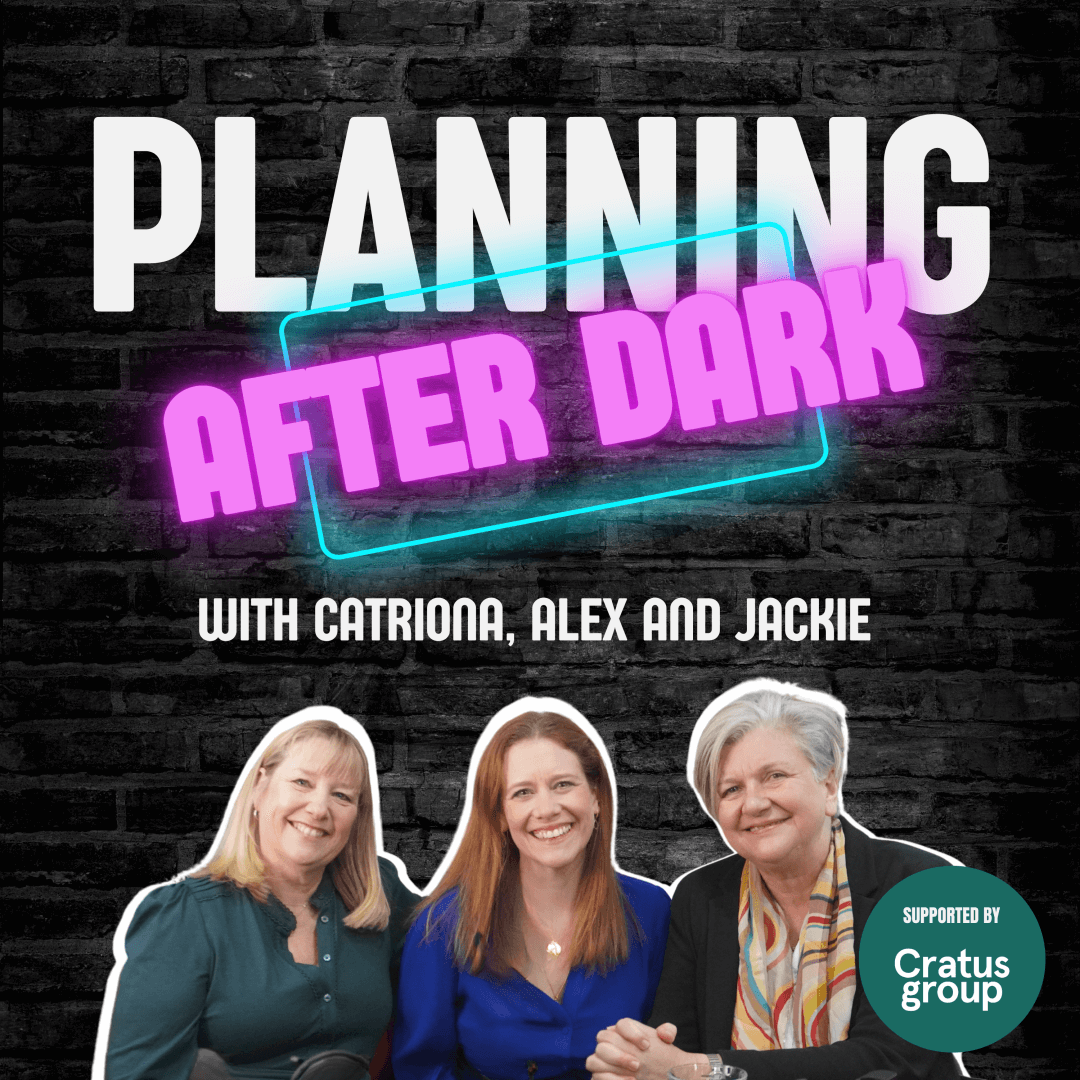But it’s not really affordable, is it?
By Paul Smith, Associate
Variations of this challenge were repeated to me at almost every meeting I spoke at about housing development. It did not matter who the audience were; councillors, housing campaigners or members of the public. As a phrase it is fairly meaningless as any property which is lived in is likely to be affordable to the resident, at least at that point in time. The bigger question is “who is the property affordable to?” and “how do we define affordability?”.
To address this issue, I think we need to go back to 1988. Not because it was when I was first elected as a councillor, but because the 1988 Housing Act had a profound impact upon rents in this country. Rent controls were removed (fair rents) and after 15th January 1989 new tenants had assured tenancies instead of secure ones, which gave the landlord the right to evict tenants without needing a reason. These changes also affected housing association tenants and assured tenancies were introduced for that sector too.
By the mid-1980s it had become almost impossible for councils to build new homes and following the 1988 Act (and the 1986 Housing and Planning Act) councils started to become housing associations. This gave them access to more money to upgrade their housing stock and the ability to build again. The phrase social housing was born. Before then people talked about council housing but as housing associations grew and councils became associations, the need for a catchall phrase was needed – ‘social housing’ was born.
Housing associations also had a significant change in their grant system. The Housing Association Grant at that time calculated how much could be paid towards new homes from a fair rent and then the grant covered the rest, typically over 95% of the development cost. With rents unregulated, housing associations were moved to a system of ‘mixed funding’. The mix was a combination of public grant, in the early years between 75 and 78%, and the rest was to be funded from borrowing (and/or reserves). With a higher debt to fund housing associations, rents started to rise. I remember working for the National Housing Federation (NHF) in the 1990s and getting regular bulletins on the affordability of rents, which tracked the rise in those rents. Over time, the percentage of grant fell and the percentage of loan rose as associations competed for the grant funding by offering to build at ever lower grant rates.
Following the 2010 general election, this process was turbo charged. The rumour was that at the last minute in putting together the coalition agreement, some capital finance was needed to pay for two aircraft carriers. With little flexibility, the money was taken from the housing association budget on the basis that if associations were free to charge higher rents, they could borrow more money and as if by magic, just as many homes could be built with far less money. The planning rules were changed to allow ‘affordable housing’ to include rents up to 80% of the market rent for the same property in a particular location. Also, and confusingly, the ‘affordable rent product’ was created which was a higher rent, again up to 80% of market levels, to be provided by housing associations. However, even these rent levels would not provide enough finance to fill the gap. So, associations (and later councils) were encouraged to increase the rents on existing property lettings to the affordable rent product level. This heralded further decline of social housing (first massively reduced by the right to buy) as new homes and existing homes became affordable rent.
To confuse this further, affordable housing in planning terms meant social rent, affordable rent, and shared ownership (part rent, part buy). So, affordable rents were affordable housing but not all affordable housing was affordable rent. This drive to make rents take the strain has completely undermined the phrase ‘affordable housing’ in many peoples’ minds and also in many cases too.
Some housing associations and councils sought to constrain the rising rent levels, introducing definitions of ‘affordable’ which were calculated in relation to local average earnings or some other metric. Also, the impact of rising rents for the government is rising housing benefit payments. As a result of this, the government started to restrict housing benefit by setting Local Housing Allowances (LHA), which was the cap on housing benefit paid for most homes (there are some exceptions) and a benefit cap which restricted the level of benefit any family could claim, and the bedroom tax. More recently, many local authorities have used the LHA levels as the limit for affordable rents. Build to rent providers have started proposing a ‘discounted market rent’, DMR, as an affordable product. These are rarely anywhere near housing association affordable rents, and I was once proposed a scheme with DMRs of over £250 per week.
So, are affordable homes affordable? The answer can only be maybe. It depends upon what type of planning jargon ‘affordable housing’ they are, the policies of the local council and the local housing associations. Generally, ‘social rents’ are the lowest for houses, but they can be more expensive for flats as they don’t include the service charge which ‘affordable rents’ do. Do we need to return to a regime of rent controls as existed before 15th January 1989? I have my own views, but we certainly need to find a meaningful definition of ‘affordable’ which allows people on low incomes or benefits to genuinely afford their housing costs.








